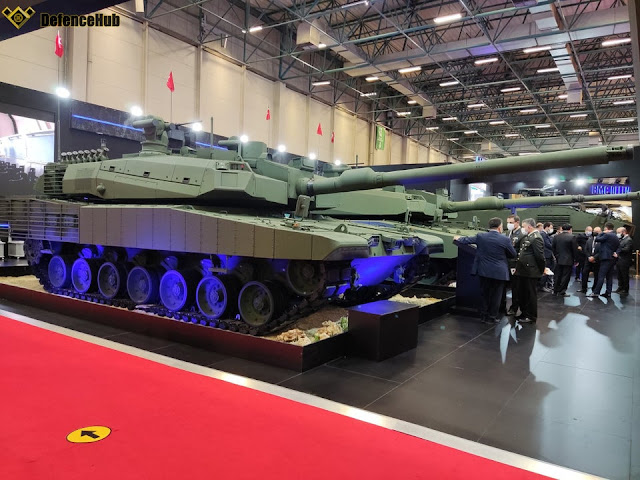A promising combat reconnaissance amphibious vehicle (BRM) will be presented for the first time at the Army-2021 forum. In the future, it can become a platform for a whole family of military equipment.
The newest Russian combat reconnaissance amphibious vehicle, which has not even received its own name, is intended for conducting close and deep tactical reconnaissance, carrying combat, marching and patrolling of troops, as well as for combating enemy reconnaissance and reconnaissance and sabotage groups.
In the design of the BRM chassis (wheel arrangement 4x4), units and assemblies of the Atlet family cars are used. The layout is made with the location of the power compartment in the middle of the armored body of the vehicle.
On the sides and in the stern, one single-wing door is made for embarking and disembarking a combat crew. BRM is equipped with optical-electronic reconnaissance complexes with thermal imagers, radar reconnaissance means and small drones, radio direction-finding and acoustic reconnaissance means. Together, all this equipment is connected by an onboard information and control system (CIUS).
The armament on the BRM is the Arbalet-DM remote-controlled combat module (armament - 12.7-mm 6P49 Kord machine gun or 7.62-mm PKTM machine gun).
A number of experts suggest that the newest BRM may eventually replace the armored reconnaissance and patrol vehicle BRDM-2, which was mass-produced from 1963 to 1982 by the Gorky Automobile Plant and from 1982 to 1989 by the Arzamas Machine-Building Plant.
BRM is an initiative development of the manufacturer and so far, even, strictly speaking, is not a military product. The car does not yet have an advertising passport and an export passport. Therefore, BRM with difficulties broke through to the "Army-2021".






















